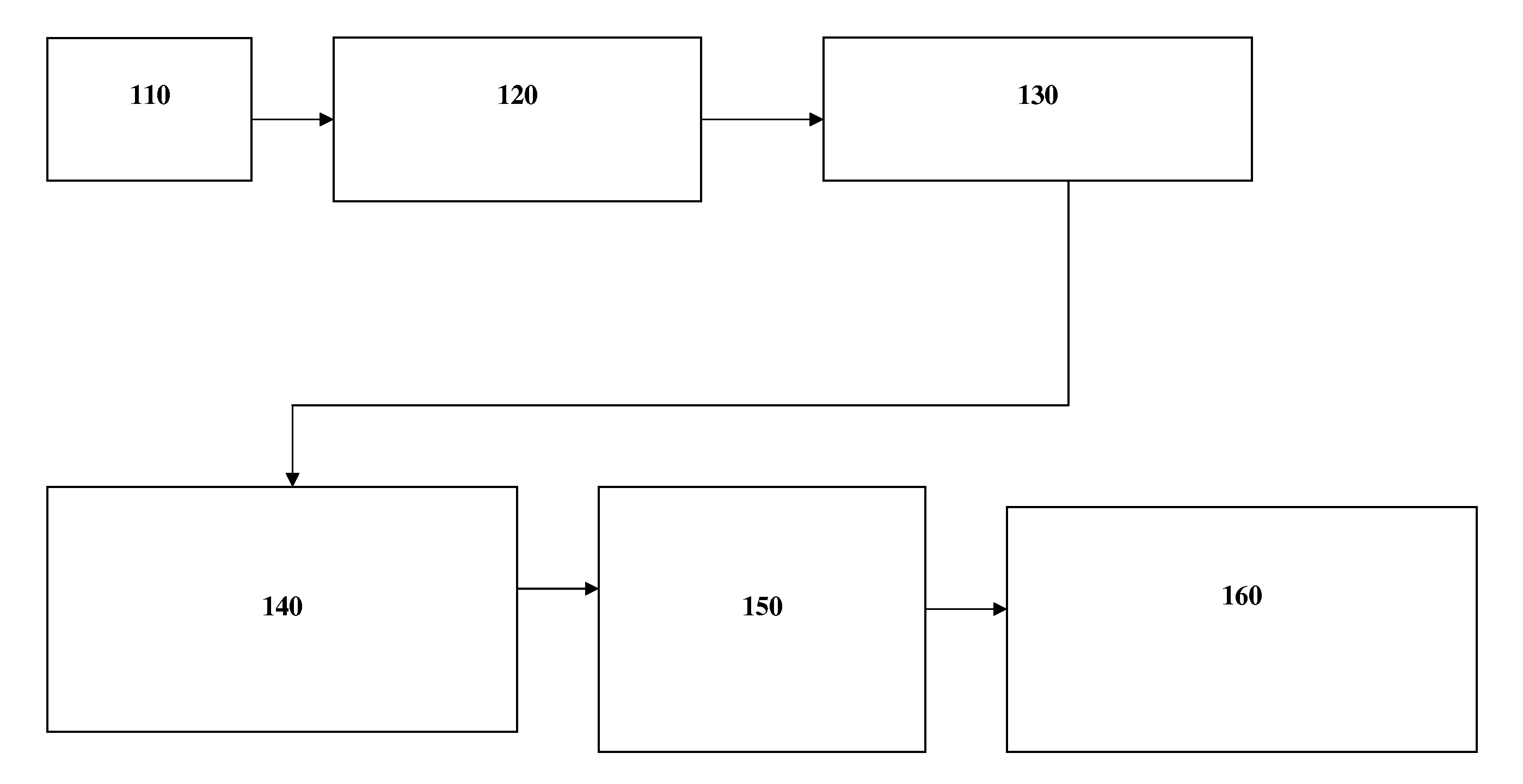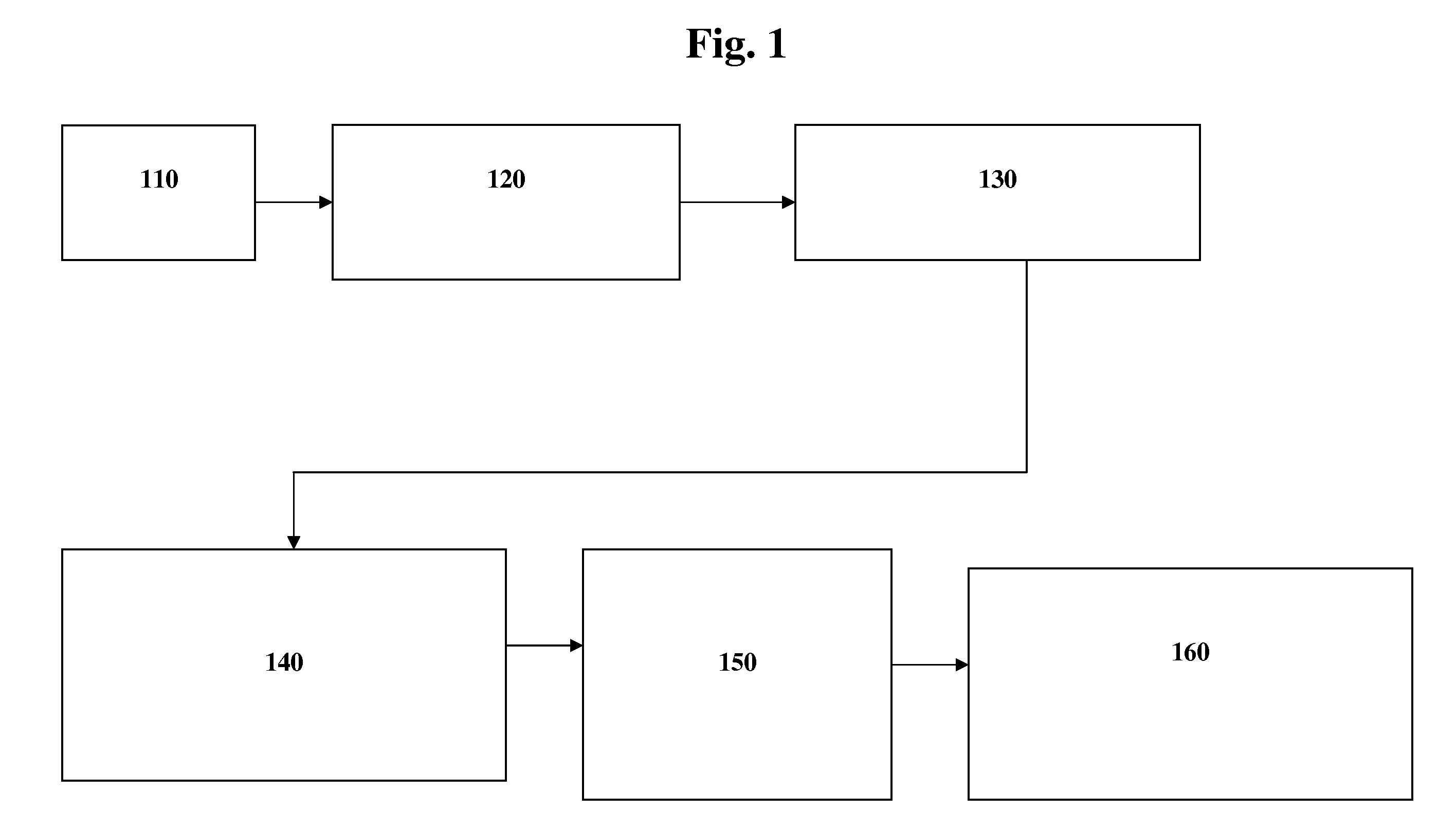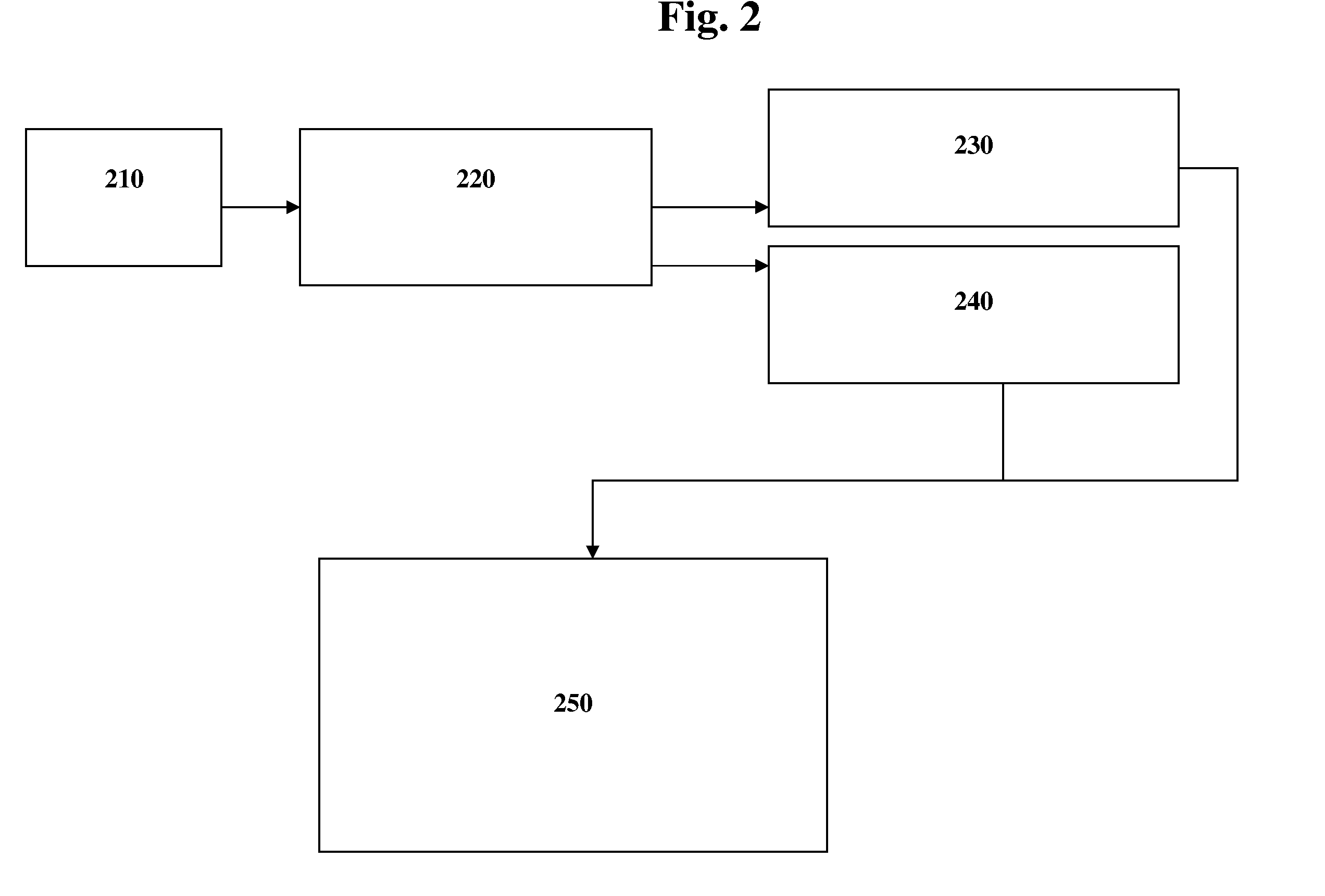Another problem with current e-mail systems is that they do not provide the ability for most individuals to send media, images, links and text at one time within an e-mail using his / her standard e-mail
client (Hotmail®, Yahoo®, AOL®, and Outlook®) or via a form on a website.
In addition, they have no means to modify the content within these e-mails after they are sent to one or more recipients.
Yet another limitation of current e-mail systems is that the sender cannot have media, images, links and text in his / her
signature file at the same time, especially without the media file and images being included as attachments.
Further, another problem with current e-mail systems are that users of most web-based e-mail systems can not determine if an e-mail has been opened by the recipient or if it has been opened multiple times on various computer systems that may or may not belong to the original recipient.
Yet another issue with current e-mail systems is that the sender has no means for communication between the e-mail, which has been sent to the recipient, and a
database to update the status and then send the latest information to the recipient's e-mail once it has been sent.
Another problem with current e-mail systems is that the sender does not have the ability to automatically change a previously sent e-mail, based on an action by a recipient in the future.
With current e-mail systems, a recipient can download text, images, or media files without the permission of the original sender and resend them to others without the
authorization of the sender, which can present problems.
Other limitations of the current e-mail
system include that a recipient can only set his / her preferences within most e-mail clients to accept all images / media or deny the viewing of all images / media as a default.
Further, sometimes media that is embedded in an e-mail is disturbing and obtrusive when unexpectedly opened in a work environment.
Parents may want to limit their children's access to certain hours of the day or prevent them from receiving certain content in general.
Yet another problem with current e-mail systems is that they do not include an option for a sender to allow
third party advertisements of images or media files to be included with text, images, or other media files in sent e-mails.
Further, current e-mail systems do not include the ability to process or manage e-mails-based on a hierarchy preference system, which takes into account the recipient, administrator, sender, and marketer interests as it relates to an e-mail or group of e-mails.
Another problem with current e-mail systems is that they do not include the ability for a sender to log and access date and
time information for every instance of an e-mail being opened.
The current e-mail systems are further disadvantageous in that they do not take into consideration that a recipient may send the e-mail to a specific individual or groups of individuals, which the sender may not want to receive a copy of the e-mail.
Yet another problem with current e-mail systems is that they allow an e-mail recipient to share with other co-workers or individuals the content of an e-mail message by providing them a virtually unlimited amount of time to invite others to his / her computer screen to read the e-mailed message.
Problems with current e-mail systems further include that while they provide the ability for a recipient to easily save the e-mailed image to his / her computer for future access, they do not provide the ability for an e-mail marketer or sender of an e-mail to track the forwards of the original e-mail and the media files, which are embedded within the e-mail.
E-mails can also be sent that have been divided into X*Y smaller images, making it more difficult for the recipient to save the content.
 Login to View More
Login to View More  Login to View More
Login to View More 


